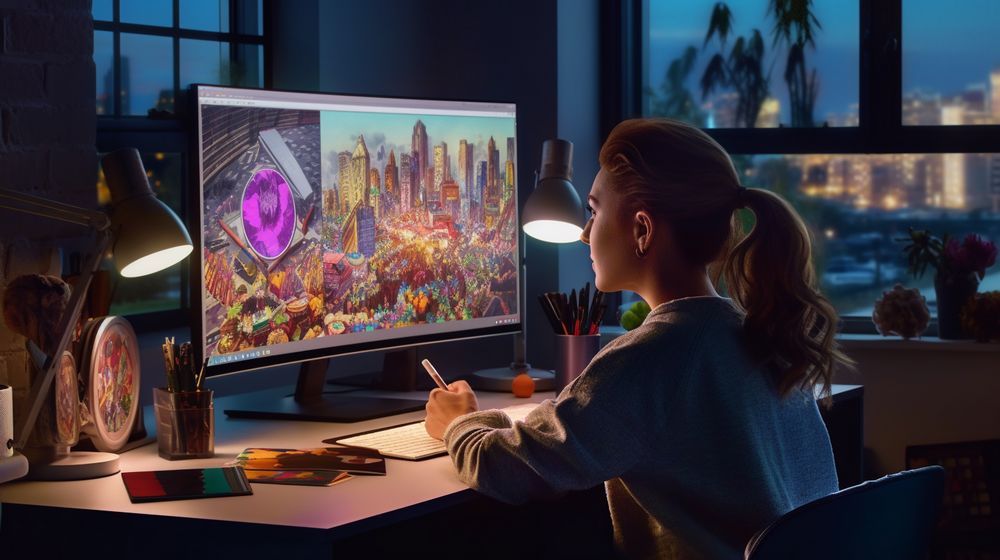
When it comes to graphic design tools, the choices are virtually limitless. However, two names have consistently stood out: Adobe Illustrator and Canva. We are here to break down the differences between these two giants, and help you determine which one suits your specific needs better. In this article, we’ll delve into a comprehensive comparison of Adobe Illustrator and Canva, covering everything from their features, ease of use, pricing, to versatility.

As a pioneer in the design world, Adobe Illustrator is often the first choice for professionals. This vector-based graphic software offers a multitude of tools and functionalities. But what sets it apart?
One of the major reasons why designers prefer Adobe Illustrator is its robust set of tools and options. Illustrator allows for the creation of complex designs, enabling designers to bring their creative visions to life with precision and sophistication. This makes it a preferred tool for projects that require high-detail designs, such as logo creation, illustration work, and typography design.
Meanwhile, Canva has been making waves in the design industry with its user-friendly interface and a wide range of templates. Let’s take a closer look at what makes Canva a popular choice among users.
Canva offers an intuitive platform for both novice and professional designers. It houses a vast library of pre-designed templates, images, fonts, and illustrations that make designing quick and effortless. Its drag-and-drop interface is particularly popular among beginners, bloggers, social media managers, and small business owners who are seeking a fast and simple design solution.
Now that we understand the basic offerings of both Adobe Illustrator and Canva, it’s time to delve deeper into a comparative analysis.
In terms of complexity and learning curve, Adobe Illustrator is more complicated compared to Canva. Illustrator’s multitude of tools can be overwhelming for beginners, but this complexity also allows for more detailed and professional designs. Canva, on the other hand, is straightforward and easy to use, making it a popular choice for quick design solutions.
When it comes to features, Adobe Illustrator takes the lead. Its advanced tools and functionalities allow designers to create intricate, detail-oriented designs. Canva, though simpler, provides users with a wide range of templates and graphic elements, making the design process simpler and faster.
There’s a noticeable difference in the pricing of these two platforms. Adobe Illustrator is part of Adobe’s Creative Cloud suite, which has a monthly subscription fee. Canva, however, offers a free version with optional paid upgrades for access to premium features.
Canva is usually more suitable for beginners due to its user-friendly interface and design simplicity.
If you’re a professional designer who frequently works on complex projects, Adobe Illustrator’s advanced features can justify the cost.
Canva offers a robust set of features for basic and intermediate design tasks, but for high-end professional projects, Adobe Illustrator may be better suited.
For beginners and those seeking quick and easy design solutions, Canva can be an excellent alternative to Adobe Illustrator.
Yes, many designers use Adobe Illustrator for complex designs and Canva for simpler tasks or for its library of templates.
Adobe Illustrator doesn’t offer a free version, but it does offer a limited-time free trial.
For detailed, professional-quality logos, Adobe Illustrator is usually the preferred choice.
Both platforms offer comprehensive support, including tutorials, forums, and customer service.
In the end, the choice between Adobe Illustrator and Canva will largely depend on your specific needs, level of expertise, and budget. Canva offers simplicity and affordability, making it a fantastic choice for beginners or those with simple design needs. Adobe Illustrator, with its advanced tools, is excellent for professionals who work on intricate, high-end designs. We hope this detailed comparison of Adobe Illustrator vs Canva helps you in making an informed choice. Happy designing!
